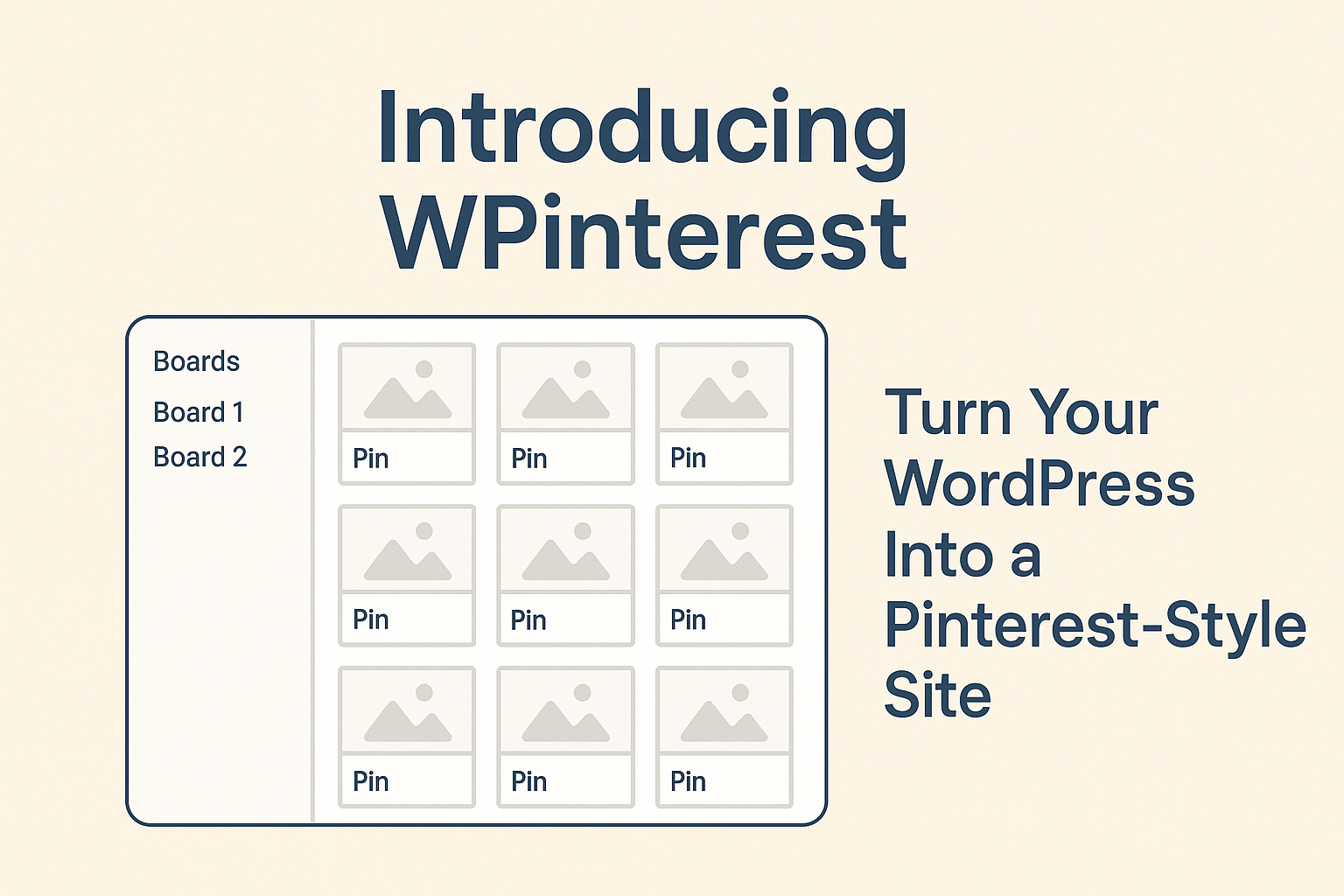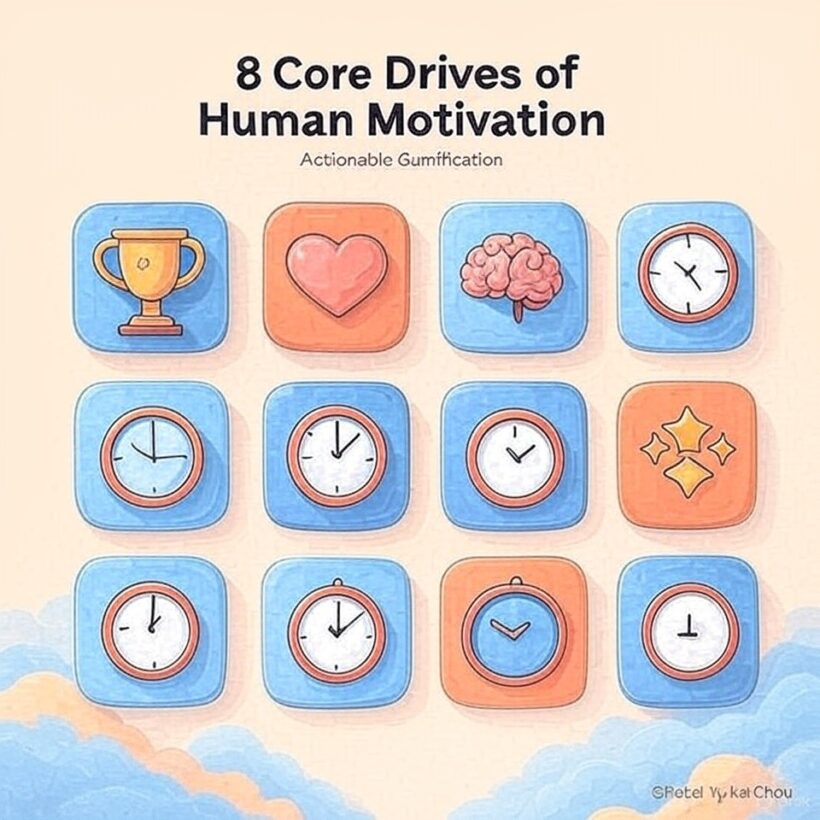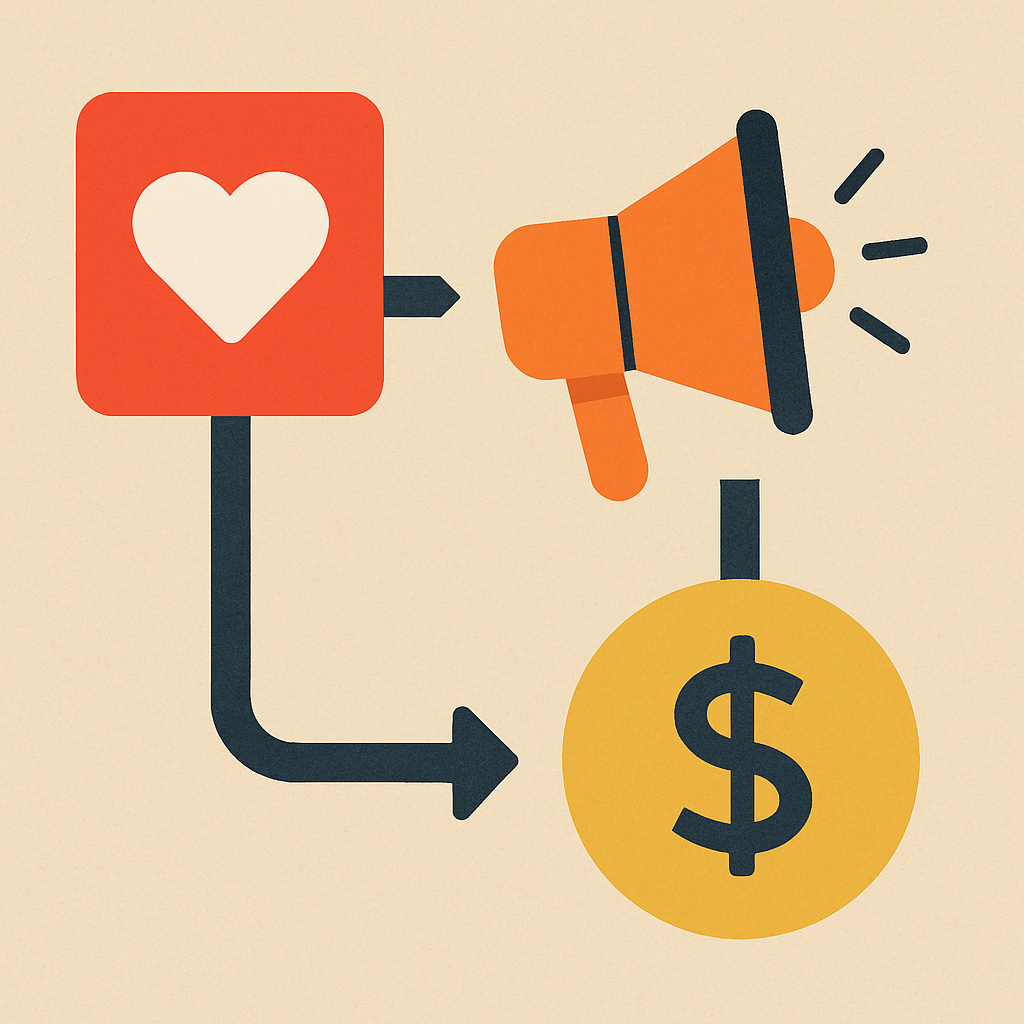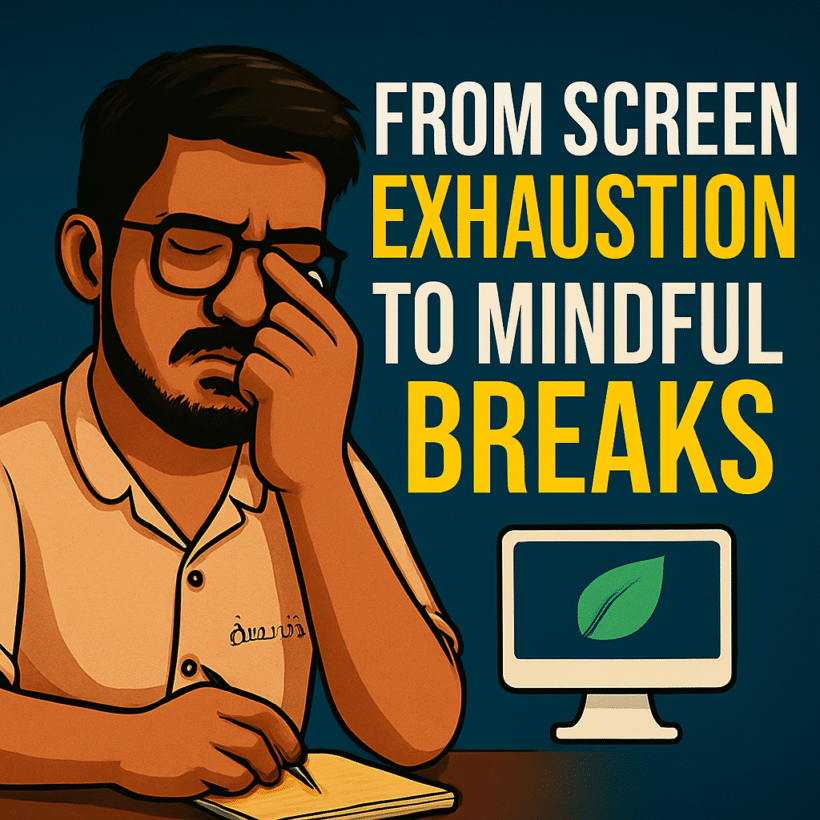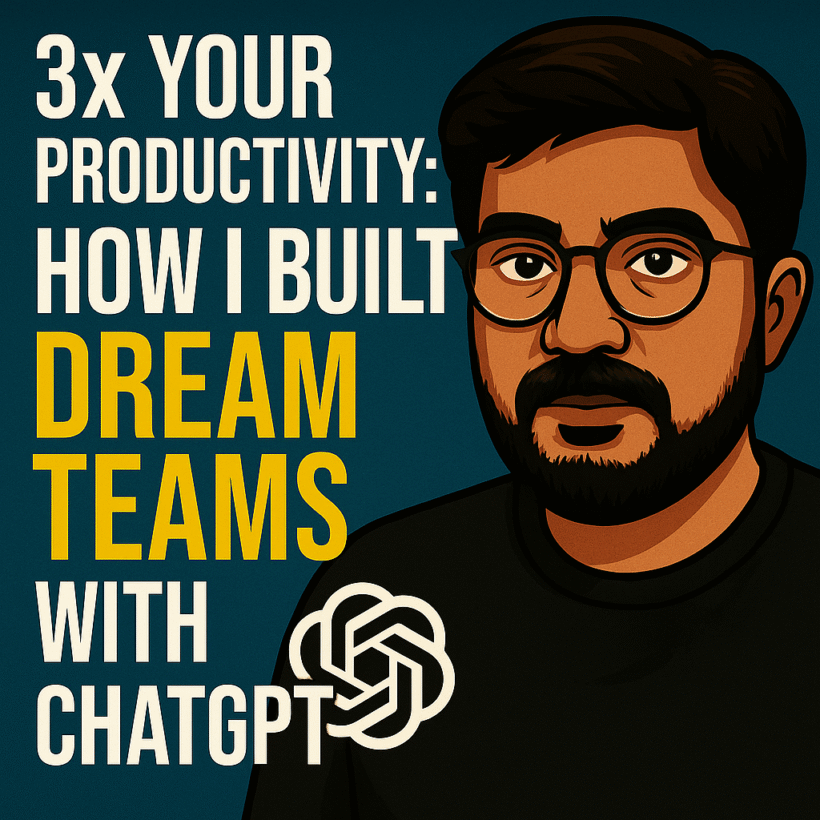📌 Introducing WPinterest: Turn Your WordPress Into a Pinterest-Style Site
If you’ve ever wished your WordPress site could work like Pinterest—organizing ideas, inspiration, or products into boards—then you’re going to love our new plugin: WPinterest. With WPinterest, your regular WordPress installation transforms into a visual, card-style site that makes it easy to collect, share, and showcase content in a beautiful grid layout. Whether you’re building a mood board, curating resources, or launching a community around shared interests, WPinterest makes it possible in just a few clicks. What WPinterest Can Do ✅ New Post Type: PinsNo need to hack your posts or pages. WPinterest introduces its own custom post type called Pins, perfect for managing visual content. ✅ Boards for OrganizationPins don’t just float around on their own—you can group them into Boards, keeping everything neatly categorized and easy to explore. ✅ Gutenberg Block ReadySeamlessly insert Pins or Boards into your pages and posts using a simple Gutenberg block. No messy shortcodes, just smooth WordPress integration. Why WPinterest? Pinterest-style layouts are hugely popular because they make browsing content fun and intuitive. Instead of long text-heavy posts, WPinterest lets you highlight visuals, links, and quick ideas. This makes it a perfect fit for: Basically, if your content is visual, WPinterest helps it shine. Try It Out The plugin is already up and running, but it’s just the beginning. Test it out, explore how it fits your workflow, and let us know what you think. Do you need extra features? Want a unique customization to match your brand’s vision? We’d love to hear from you. Just drop us a message, and we’ll make WPinterest work exactly the way you need.
Continue Reading